In the quiet dance of sunlight through a garden, few things capture the imagination like the spiral patterns of sunflower seeds or the perfect symmetry of a daisy's petals. What appears as simple beauty hides one of nature's most extraordinary mathematical secrets: the Fibonacci sequence. This unassuming series of numbers—where each digit is the sum of the two preceding it (0, 1, 1, 2, 3, 5, 8...)—unfolds in the very architecture of flowers, revealing a hidden order that has fascinated botanists, mathematicians, and artists for centuries.
The Fibonacci sequence doesn’t just live in textbooks; it blooms. From the tight spiral of a rosebud to the sprawling arms of a succulent, plants use this numerical pattern to optimize space, sunlight, and growth. The phenomenon, known as "phyllotaxis," governs how leaves, petals, and seeds arrange themselves around a central stem or disk. In flowers like lilies (3 petals), buttercups (5 petals), and chicory (21 petals), the petal count almost always matches a Fibonacci number. This isn’t coincidence—it’s evolution’s way of solving a geometric puzzle with ruthless efficiency.
Why does nature favor Fibonacci? The answer lies in a race for survival. Imagine a plant sprouting leaves in a straight vertical line. Each new leaf would block the one below it from sunlight. Instead, by rotating each new leaf at a "golden angle" (approximately 137.5 degrees)—a angle derived from the Fibonacci sequence—the plant maximizes exposure to light and rain while minimizing overlap. This same principle applies to seed heads: packing seeds in Fibonacci spirals allows the densest possible arrangement without crowding, ensuring each has room to grow. Sunflowers, pinecones, and even pineapples are testaments to this strategy.
But the magic doesn’t stop at botany. The Fibonacci sequence whispers across scales, from microscopic algae to spiral galaxies. Renaissance artists like Leonardo da Vinci embedded the "golden ratio" (closely tied to Fibonacci) into masterpieces like the Vitruvian Man, while architects from ancient Greece to Le Corbusier designed temples and buildings around these proportions. Modern science continues to uncover its role in DNA structure, quantum physics, and stock market patterns. Yet nowhere is its presence more visceral than in a flower’s petals—a reminder that mathematics isn’t just human invention, but a language written into the fabric of life.
For gardeners and mathematicians alike, this convergence of numbers and nature sparks wonder. Planting a Fibonacci-inspired garden—with chamomile (34 petals), aster (55 petals), or black-eyed Susans (13 petals)—becomes an act of cultivating living equations. Some enthusiasts even graft branches at Fibonacci angles to "train" trees into mathematical art. Meanwhile, researchers are harnessing these patterns to design solar panels that follow the sun like sunflowers, or to create more efficient wind turbine layouts. The flower, it seems, has much to teach us about engineering and aesthetics.
Perhaps the greatest lesson lies in the tension between perfection and imperfection. Not every flower adheres strictly to Fibonacci numbers; mutations, environmental stress, or evolutionary experiments sometimes break the pattern. Yet these exceptions only deepen the mystery. Like a jazz improvisation on a mathematical theme, nature’s variations suggest that rules exist to be played with—a thought that might comfort those who struggle with algebra while admiring a daisy. After all, if flowers can turn arithmetic into poetry, perhaps there’s hope for the rest of us.
As you walk through a meadow or arrange a bouquet, pause to count the petals. Behind their colors and scents, you’ll find an ancient code—a silent collaboration between biology and mathematics that has shaped life for millions of years. The Fibonacci sequence isn’t merely a tool for calculation; it’s a living, breathing art form, painted in sunlight and soil. And in a world increasingly dominated by human designs, these floral mathematicians quietly remind us that some of the most profound algorithms were written not in silicon, but in sap.

By /May 21, 2025
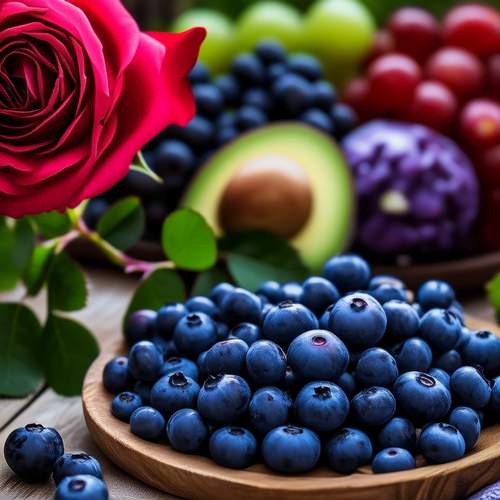
By /May 21, 2025

By /May 21, 2025
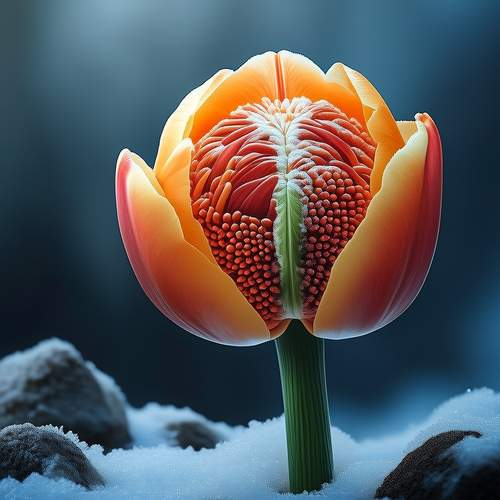
By /May 21, 2025

By /May 21, 2025
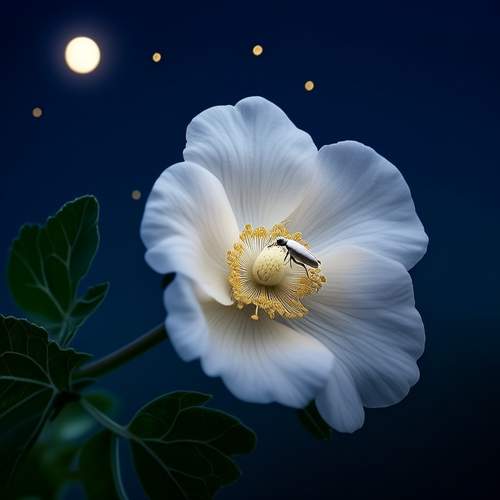
By /May 21, 2025
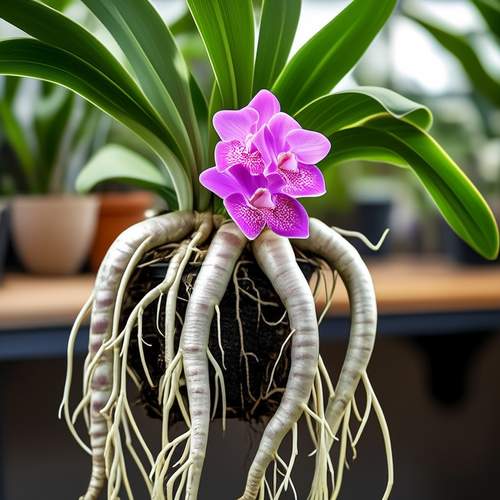
By /May 21, 2025
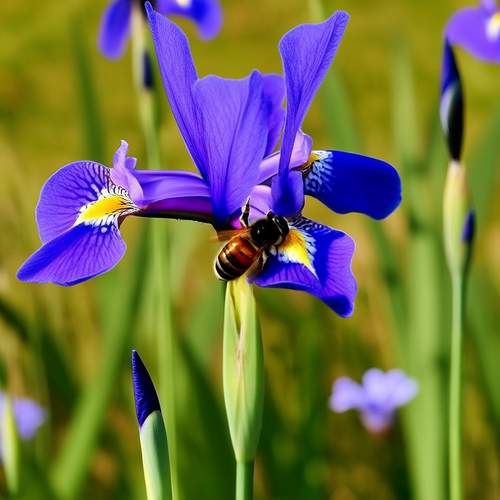
By /May 21, 2025
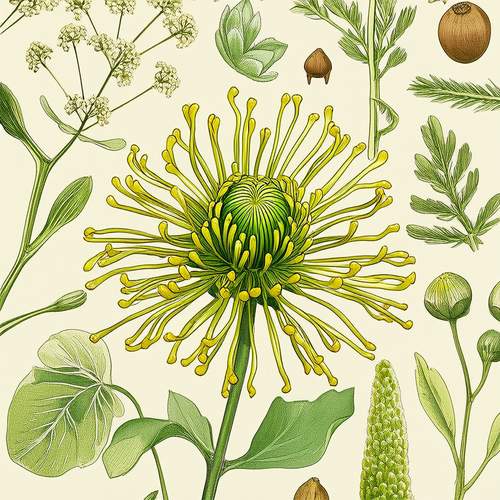
By /May 21, 2025

By /May 21, 2025
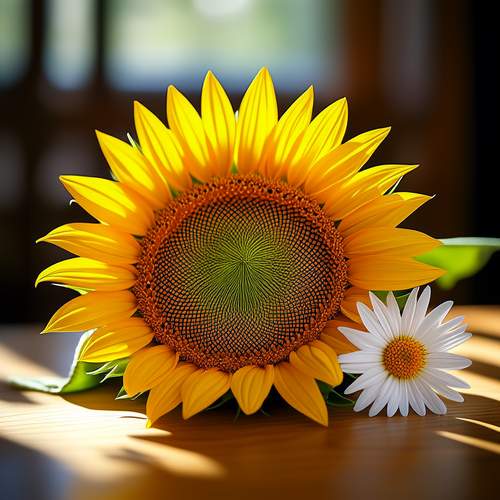
By /May 21, 2025
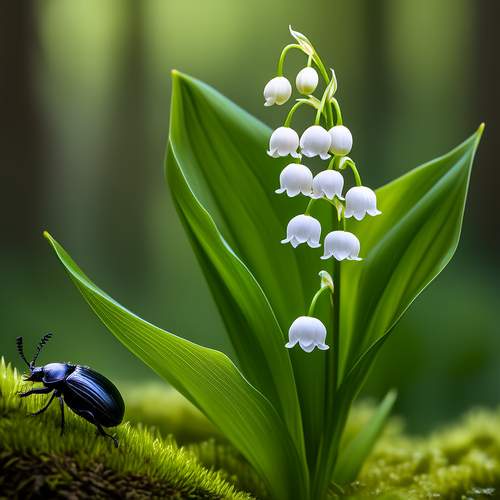
By /May 21, 2025
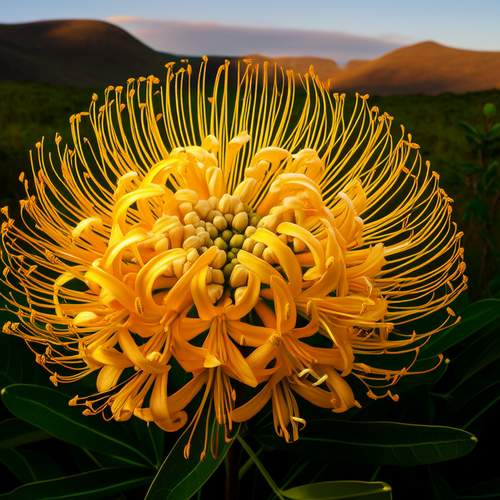
By /May 21, 2025

By /May 21, 2025

By /May 21, 2025

By /May 21, 2025

By /May 21, 2025

By /May 21, 2025
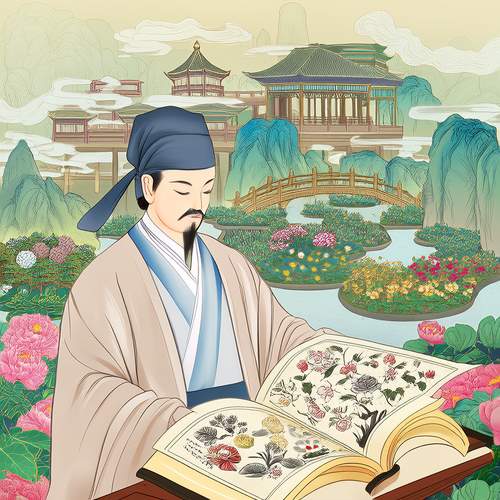
By /May 21, 2025
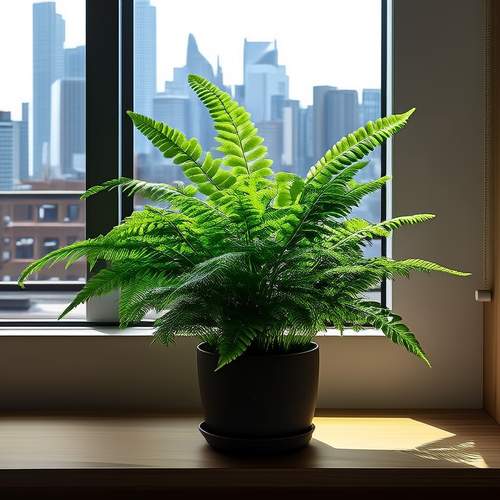
By /May 21, 2025